The dicentre is one of the widespread, and at the same time the favorite plants at the gardeners. There is a belief that if you don't have your half, you need to rip the heart with the dicentars, or the "broken heart", and put it to your heart, and then you will definitely meet the right person.
Potentre: landing and care in open soil
There are more than 20 species of the dotscentra, they have a different type and color of the leaves, the form of inflorescences, the bush can be both standard shape and shutting, but they all require similar care.
Landing dotcentra
Sign in the spring, in late April-beginning of May, or in the fall, in September. The plant feels more comfortable in light, nutritious, moderately wet well-drained soil. Therefore, it is recommended to prepare a landing site to prepare in advance, that is, for autumn planting - in the spring, for spring - in autumn.
The soil is drunk to the depth of the bayonet shovel, bringing the 4-5 kg \u200b\u200bby the calculation of 4-5 kg \u200b\u200bper 1 m2. 20 grams of mineral fertilizers are bred in a bucket of water and watered a swap site.
For landing, dotcentra is suitable for any part of the garden. Plant planted both in the sun and in a half, and even in the shade of high shrubs and trees. If the dicentre grows in the sun, the bush will be low, but bloom will come earlier. A large beautiful bush grows in the shade, bloom begins later and lasts longer.
For landing, the dicentars perform the following:
- press the pit of a depth of 40 cm, the bottom of the pits are covered with a layer of rubble;
- pour part of the Earth mixed with a humus or compost;
- install the root of the plant and fall asleep fertile land;
- water, fall asleep the remaining soil.
The deepening for a comfortable watering of the dotscentra does not leave, since the root system of the plant does not like stagnation of water.
Care for dtscentroy
Despite the fact that this is a unpretentious plant that blooms in a wide variety of conditions, while in the cultivation of the dicentre, a certain care is necessary.
The feeder is carried out three times per season:
- Under the first spring feeder, nitrogen-containing fertilizers contribute, which stimulate the growth of stems and abundant flowering.
- During flowering, the phosphorus accelerates the development of the plant, improves the quality of colors, improves disease resistance.
- In the fall in the soil, the infusion of a cowboy is introduced, the surface is mulched by humus.
The roots require a lot of oxygen, so the ground under the "broken heart" loose, weeds are removed. Watering requires moderate, plants planted in the sun are watered more often than growing in the shadow.
The duration and time of the occurrence of flowering dtscentra depends on the species of the plant. Some species bloom from May to June and fade, others can bloom all summer, up to frosts. After flowering, the leaves of the plant are yellow, dry, and the period of rest comes. At this time, the plants stem cut off so that they do not deplete the root, leaving only 3-5 cm from the ground level.
In the spring to protect the shoots of the dotcentra from return freezers, the gentle stems are covered with polyethylene at a time of decrease in temperature.
The dtscentre is perfectly getting along with other species of plants. In one place grows up to 6 years, then it is necessary to transplant the plant.
Reproduction of dicentra
There are several ways of reproduction of the dotscentra:
- division of bushes;
- drawing;
- reproduction seeds.
Dicentre is a poisonous plant. Therefore, when working with roots, cuttings of the plant, it is necessary to use gloves.
Reproduction of the division of bushes
The root of the dynamar over time grows more stronger, and if the plant does not divide, the roots of the roots will lead to their winding, and in the end the plant will perish. So division is not only a method of reproduction, but also the necessary condition for proper care.
The division of the bush is produced once in 1-2 years, as a rule, the first time they do when the plant reaches 3-4 years of age. The division is not made in the summer, it is better to do in spring or autumn. In case of autumn division, do not tighten with the procedure, before the winter of the dotentre should have to have to root.
For dividing the bush perform the following actions:
- Kush dotcentrats dig up, trying not to damage fragile roots. Shake off the ground and slightly "imported".
- Cut the root on a part of 10-15 cm long, there should be 3-4 kidneys on each part of the root.
- The sections are treated with ash or a solution of manganese.
- Plants disembark.
If you want a bush to be thick for the next year, you can land in one planting pit 2-3 root. The distance between the bushes of the dtscentra is 50 cm.
Pencornia reproduction
The pavement is carried out during the growing season of the plant, it is advisable to do it before the plant blooms. The cuttings are cut in such a way that there are 2 leaf knots on them. If the blossoming plant is drawn, the colors are removed. Prepared cuttings are kept in the stimulating root formation of the solution, then plant in a light fertile soil or into a thrown peat tablet. For rooting create greenhouse conditions for several weeks. The rooted cuttings in the open ground are planted only in a year.
Reproduction of seeds
After flowering, the fruit is formed - a box with seeds. Mature black seeds, oblong. The germination of seeds is very low, therefore the reproduction of seeds is the least popular method.
Seeds of dicentars are sulfied in the fall in light fertile soil, mulched with humus and covered for the entire winter. In the spring shelter is cleaned, shoots are watered with nitrogen-containing fertilizers. Further care is the same as behind adult plants. The dtscentre grown from seed reaches the age of flowering on the third year.
It is possible to germinate seeds and at home. In this case, the seeds in September are evisted in the prepared boxes with the ground and covered with a film. Seed germination temperature - 18-20 ° C. On germination, seeds need about a month. After the appearance of 4 leaves in the seedlings, the plants are planted into open ground, mulched and covered with film before heat.
Diseases and pests dotscentra
The dtscentre is a plant with good immunity, is rarely ill. Possible viral diseases are tobacco mosaic, ring spot. If the plant is sick, it means it is weakened, and you need to pay attention to the reasons, most often it is too abundant watering. Unfortunately, these viral disease are not treated, and the patients of the plants have to be destroyed, and the ground is treated with 5% formalin solution.
From the pests on the dicentre, as well as in many other plants, the TLL settles. This insect on the plant bring ants, which means that the fight against the tool is the simultaneous struggle against the ants. There should be a lot of anthills on the site, there are drugs to help "drive" ants from the plot. From the tli, the dtscenter is treated with drugs against Tly or any other insecticides.
Varieties dicentars: photo
Consider some of the famous varieties of the dotacetic garden and wild.
Gorgeous dicentre
The most common type of plant. When landing, the dicentars are magnificent in the sun grows up a bustard with a height of only 30 cm, the height of the plant can reach the meter. Pink flowers, up to 3 cm diameter. This kind of other requires a regular irrigation, it is only worth missing watering - and the plant in the sun begins to fade. Blossom starts in May and lasts 20-30 days, then the dicentre moves during the rest until next year.
Dicentre Alba
The species of the dotacetic is gorgeous, blooms with gentle white flowers. White dtscentre grows no more than 70 cm, frost resistance compared to magnificent low, shelter is recommended for the winter.
Dicentre Goldhat
Also, the variety of the dotacetra is magnificent, the new year of 2004. It has standard pink flowers and bright yellow leaves.
Dicentre Valentina
This variety has a gray-green leaves, and the flowers are red. The plant bush reaches a height of 75 cm.
Prettore is beautiful
The leaves of the plant are decorative, sizy, form a root rosette. Inflorescences are located on a high stem, white, pink or cream flowers, elegant, like small ballerinas. Height of Kusta from 30 to 60 cm. Blossom is long, from May to the beginning of autumn.
Dwarf ducenar
It deserves special attention, as the bushes of this plant reaches only 15 cm. Doccenter dwarf is used in the slings as a soil plate. It grows perfectly in the shaded places of the country area. The leaves are perishes, on long stems, resemble a fern. If they come on them, they will dismiss, but will not break, and they will restore it through time. Delicious pink flowers.
Golden La Views
An unusual representative of the dsentr, as it has a straight-shaped look of stems, and flowers - yellow. The height of the shoots reaches 2-3 meters, blooming abundant, from June to the first frosts. It looks good on the support next to Clematis and other curly plants.
The dotcutter dots.
Growing in the east of the United States, loves poor sandy soils. The root is represented in the form of a tuber. The plant is miniature, white flowers, translucent, up to two centimeters long. It rarely grows in Russia.
An unusually perfect, unpretentious plant of the dicentre will add the garden area of \u200b\u200bromanticity, fabulous. Putting several varieties of this species, create excellent compositions. The dicentre looks good both in mono-flowers, and near the tulips, daffodes, hyacinths, primura, fern, peonies.


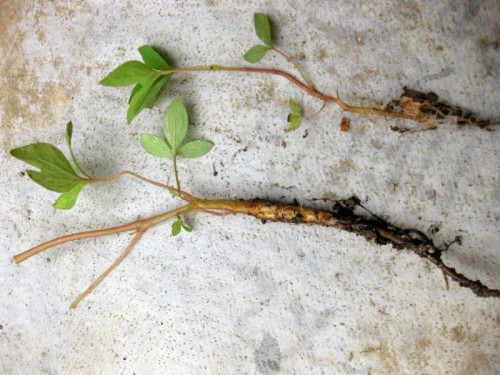
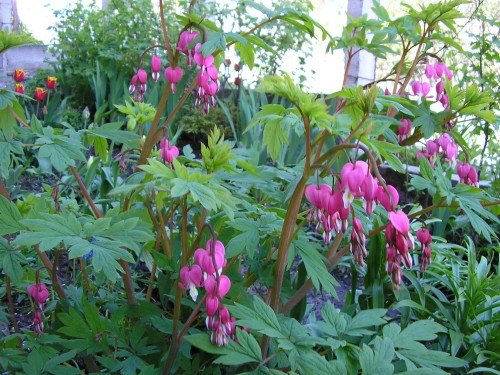
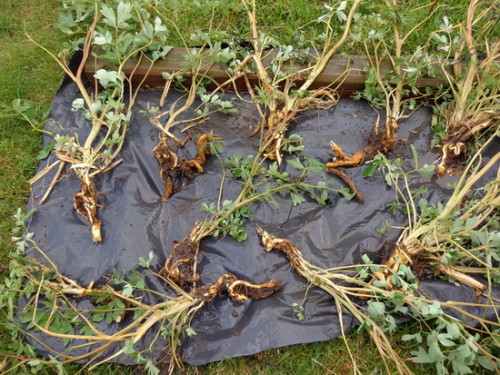
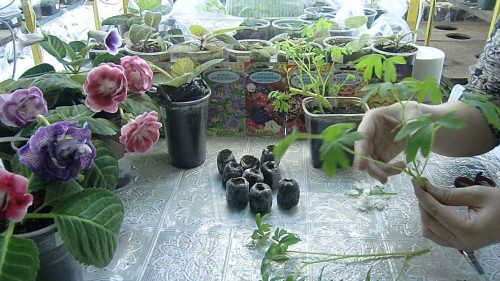
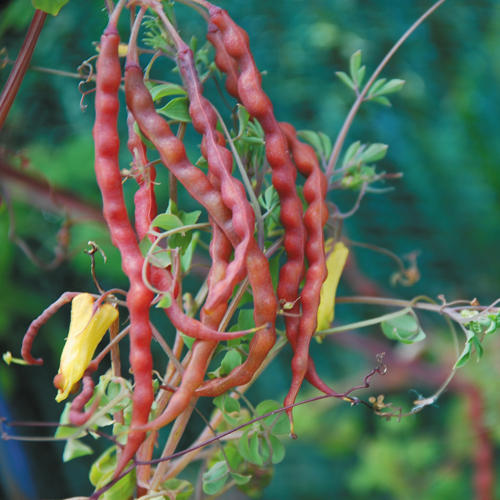

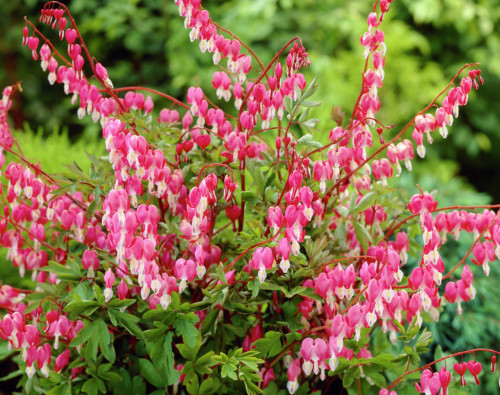
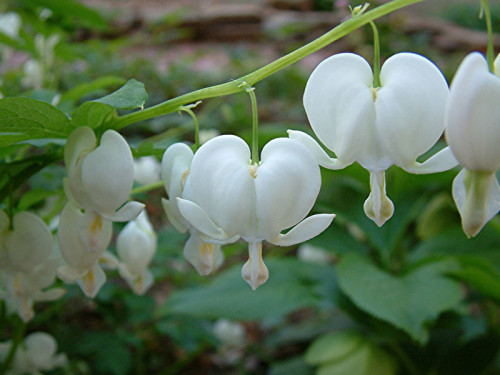
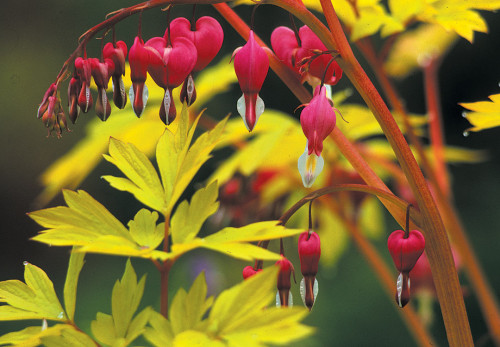
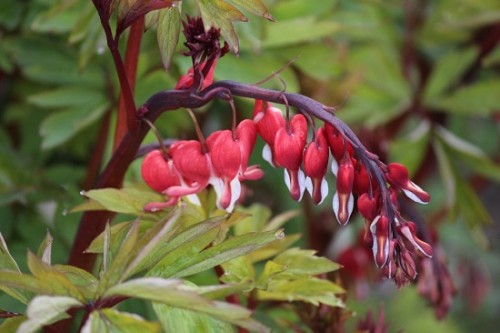
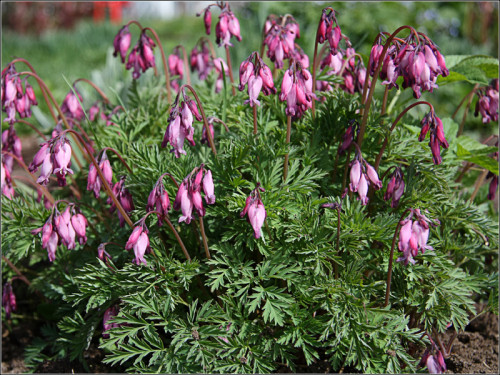
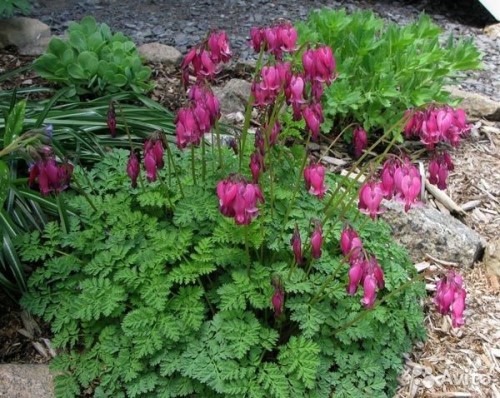
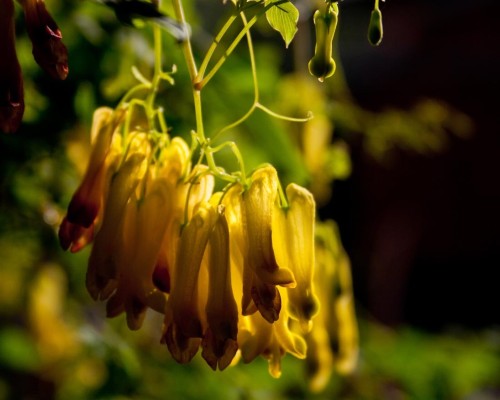
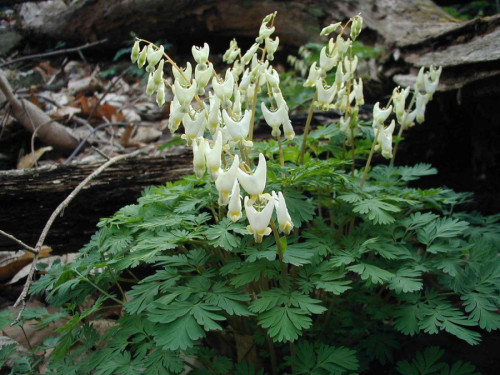
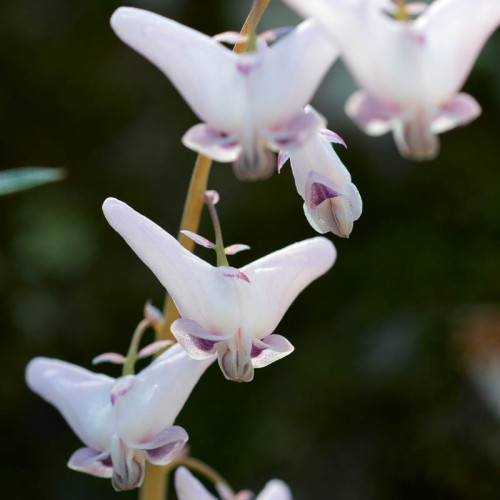





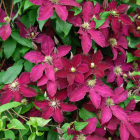
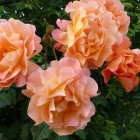

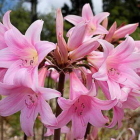
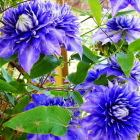
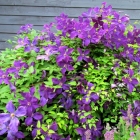
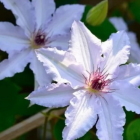
 Start a discussion ...
Start a discussion ...